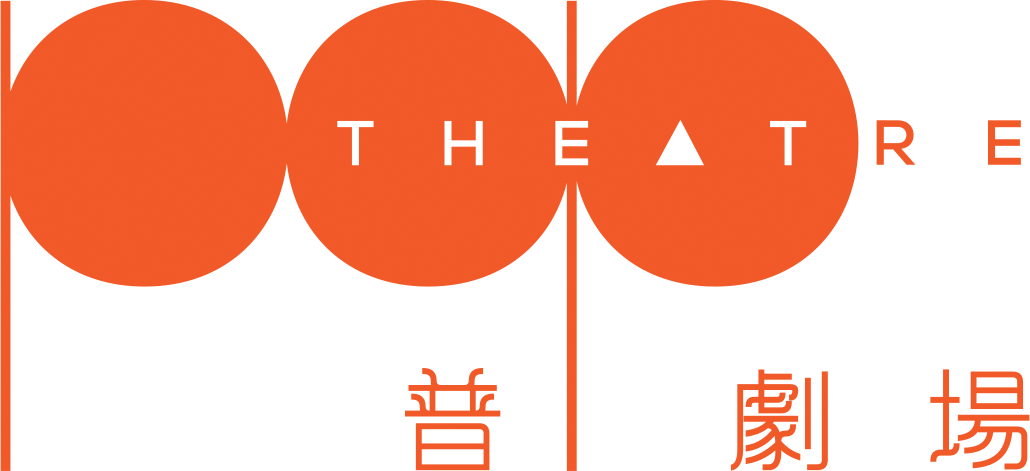(Ming Pao)
Living in a noisy world, we can only become noisy people. In order to “get away from the hustle and bustle”, we travel with enthusiasm, as if we can get out of the predicament by going out. But on the way home, everything remains the same, leading to a deeper sense of fatigue. “Like an unrecovered cold,” Chan Wing Chuen said. We ” treat the head when the head aches, treat the foot when the foot hurts”, but we never start from the heart and talk to the heart.
Chan Wing Chuen is the artistic director and actor of “The Heart Sutra”. This performance invites the audience to participate in a “heart dialogue” ceremony. They took a sip of tea before watching. There were more than ten “meditation seats” nearby the stage. Director Tsang Man Tung hopes the audience can relax, open the sense of taste, and then to the sense of sight and hearing, giving themselves a chance to rest. “In fact, we are cruel to ourselves. We can’t be quiet and bring ourselves many conflicts and wars.”
Originated from the “Heart Sutra” Four Stages of Evolution
The creative idea of ”The Heart Sutra” originated from the Buddhist classic the “Heart Sutra”. Tsang Man Tung remembered that 11 or 12 years ago in Beijing, the society was panicked, and various spiritual courses were raised. He also taught yoga locally. At that time, a senior in the theatre industry reminded him that no matter how people seek peace from the outside, it is not as good as reading the “Heart Sutra” to understand life.
The classic evolves into four stages of “heart”, “silence”, “nothing” and “sound” experienced by ascetics in the play. “ ‘likes’ and ‘fears’ reflect the heart. Ascetic monks encounter illusions in their practice. Seeing a cup is not a cup. This is the same as we are today. Is what you see is true? Just like there are many fake news on Facebook; the other stage is “silence”. At one stage of practice, we return to a peaceful state, without mutual struggles, or even our own inner struggles; then to “nothing”. Everything is empty, there is nothing to worry about. After “nothing”, only “sound” remains. Returning to the original sound frequency, the whole world is formed through sound and light, and all matter is transformed from this. ”
Interpret images with voice and body
The concept of mystery is conveyed by actors and musicians through their bodies and voices under the simple stage design. In a “shipwreck” scene, only two bamboos lie parallel to each other on the stage. Actors Lu (Lo Wing Ki) and Bee (Tam Yuk Ting) walked around the two bamboos one after another, stood between the bamboos, shake their bodies. Shake, and then fell outside the bamboo, grabbing up and struggling.
The leaves play the sound of nature
In the performance, besides imitating the sounds of nature with drums, chanting bowls, chime, and pipa. Leaves and stones are also used as musical instruments. Tsang Man Tung waved two bunches of leaves, creating a forest atmosphere, suggesting that the two bamboos were a “path” in the front section, and later turned into “boats”. Later, the two actors were thrown out of the ship and “sank into the water.” Tsang Man Tung improvised another knock on the huge chime. The echo lingered for a long time, as if the weight of life was gradually dissipating.
Presenting the content in imagery, Lu said that this is very different from the performances she participated in the past. “It used to be so realistic. If you want to have a stool, you will really have a stool. ” The performance provides a room for imagination. “In the beginning it was not a boat, the audience would see it as a road, and then we did something, and made them wonder: is this a boat?”
In “The Little Prince”, adults always regard snakes with bulging stomachs as hats. Adults can’t understand it, but children with innocent mood can noticed it immediately. “We think we need to make things clear, but children often only need to know a few questions. When we reached adulthood, we kept abandoning our imagination.” Tsang Man Tung believes that the imagination of actors and audience will not be too far apart. See whether the audience is willing to put aside the inherent thoughts that bind their hearts and regain their original imagination.
In another scene, the two actors sat down, stretched out their hands to pick up something on the ground, and fell to the other arm. Their postures were gentle and comfortable. It was known that the “invisible” props were streams and cool water. This touch of water comes from their memories of rehearsing at Ng Tung Chai Waterfall in Tai Po.
The actors also go through a practice
Before the rehearsal, they would copy the “Heart Sutra” and practice Tai Chi movements. For this performance, the performers also went through a practice. What can the audience take away in just over an hour? The actors didn’t say as much as I imagined. Instead, they joked, “I don’t know when the seeds will sprout. Maybe the audience will hear a “bounce” when they go to Japan in the future, and they will remember that they used to visit Tuen Mun for this performance”; “think of it as a day trip to Tuen Mun, there is a piece of Bruce Lee cardboard in the Tsing Shan Monastery that looks like a real person.”… Yes, we have been unable to talk to our hearts, or it is because we really care too much.
“The Heart Sutra”
Date: January 5-7, 2017 8:00pm; January 7-8 3:30pm
Location: Tuen Mun Town Hall Cultural Activities Hall
Price: $200 (Zen seat tickets are sold out)
Enquiry: 3956 3459
Website: www.poptheatre.info
(The above is a translated version, original text is only available in Chinese.)
